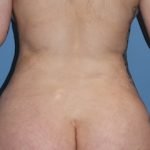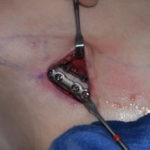The Upper Nasal Lift for Tip Elevation in the Aging Noe
Reshaping of the nasal tip is an important element of many rhinoplasty surgeries. Elevation of the nasal tip, known as increasing tip rotation, opens up the nasolabial angle and is commonly done in many female rhinoplasties. Having a nasolabial angle greater than 90 degrees (usually 95 to 105 degrees) is desired for the female nose. Read More…


